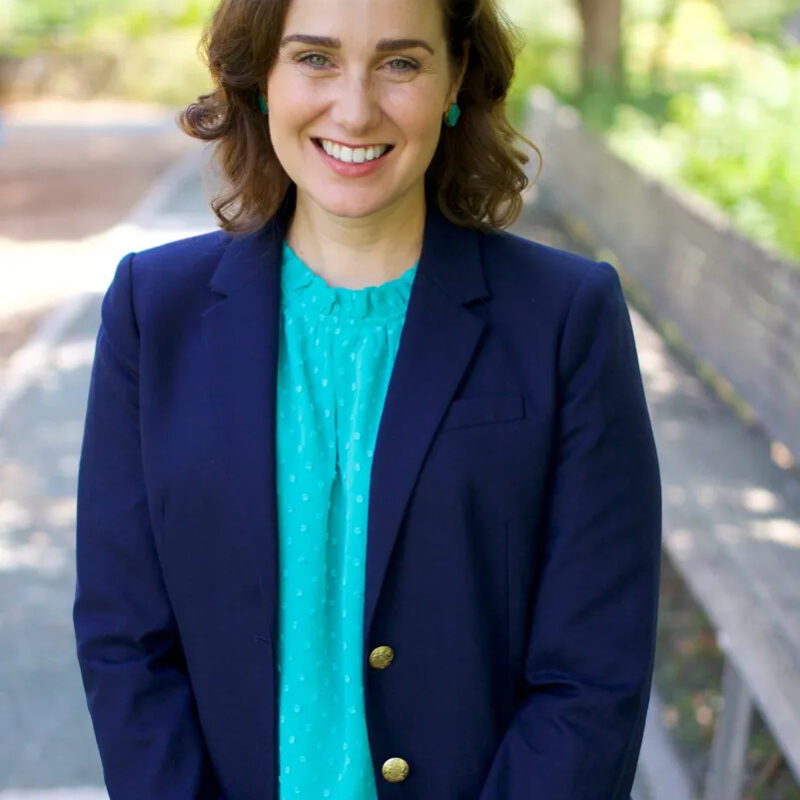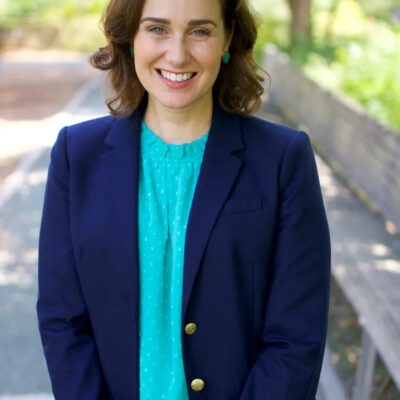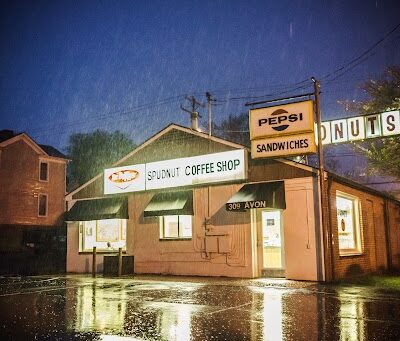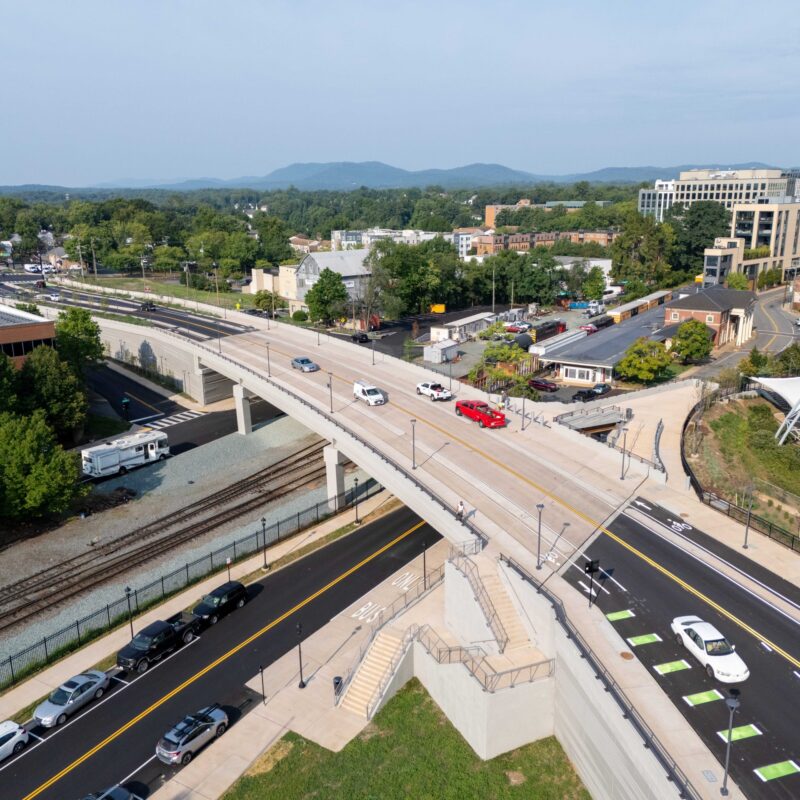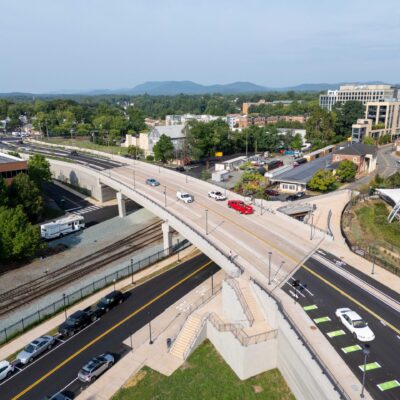The agenda said the nearly two dozen people gathered at a long table in City Space on March 3 from the four local boards that control the water supply were there to discuss a set of task force recommendations about maintaining the South Fork Rivanna Reservoir.
Hah.
As usual, the real issue the city and county needed to address wasn’t listed on the agenda—in this case, whether the 50-year water supply plan can and should be changed.
|
Sorry, rowers—about the only thing the city and county could agree on is that the water authority shouldn’t dredge the South Fork Reservoir to open lanes for crew teams—that is, unless UVA wants to pay for it. |
City Council, led by Mayor Dave Norris and cajoled by a vocal group of residents, has become increasingly dubious about the water supply plan that it and other local boards approved in 2006. Meanwhile, the Albemarle County Board of Supervisors and particularly the Albemarle County Service Authority have grown weary of appeasing the city (and by extension, the water supply plan’s critics).
What does City Council want? Dredging studies, at least $275,000 worth of them, though it’s unclear if any of the studies requested could answer the underlying question—whether dredging to increase the storage capacity of the South Fork Reservoir could be cheap enough that it would be worth it to fundamentally alter the water supply plan.
“I’d like to know what it’s going to cost,” said Councilor Julian Taliaferro, as he and others pressed for studies that could help potential dredgers figure out cost estimates.
But county officials wondered what such a study would really accomplish, particularly since, in the best case, dredging the South Fork only provides up to 41 percent of the projected water needs of 2055.
“It’s not going to provide you with a cost estimate for dredging. It’s an RFP to get a study done,” said county Supervisor Dennis Rooker, who, like Norris and Taliaferro, announced last week that he’s running for re-election.
The city said that it would draft language of what studies it really wants, but Council didn’t seem to think the expenditure was out of line.
“[$100,000] isn’t a big deal,” said Councilor Satyendra Huja. “I just want reassurance.”
Norris even implied that the city could hold the process hostage if it doesn’t get what it wants. “Everybody understands that you can’t go ahead without the city,” said Norris.
For the umpteenth time, let me try (in vain, no doubt) to summarize this convoluted situation. The local community has been trying to figure out how to expand the water supply since at least the 1980s. Each time a plan rises to the surface, it quickly sinks after getting riddled with potshots from regulators, businessmen, environmentalists, anti-growthers, hikers—at some point or another, your pet parakeet has probably taken aim at one of our sundry water supply plans.
Finally, a few years ago, a plan emerged that involves constructing a dam that’s 45’ taller at the Ragged Mountain Reservoir and, in order to fill that reservoir, building a pipeline from there to the South Fork Rivanna Reservoir. The plan remained afloat long enough to win the approval of state and federal regulators—bulletproof buoys, surely.
Or not. The Kevlar has been tested time and time again in the past year as a group calling itself Citizens for a Sustainable Water Plan (CSWP) has fired off round after round of criticism.
The group upgraded its arsenal when local firm Dominion Development Resources (DDR) stepped forward last year and, despite the fact that it has never done a dredging project before, said that it could dredge 2 million cubic yards of sediment from the South Fork Reservoir for $25 million by dumping the dirt in a nearby rock quarry owned by Dr. Charles Hurt. Critics were gifted a rocket launcher when cost estimates on the new dam at Ragged Mountain nearly doubled in September to $72 million from $37 million, adding on to a $56 million conceptual pipeline. The water authority just spent $264,000 on a panel of dam construction experts to review the estimates.
Nevertheless, the current water supply plan has so far withstood the barrage, largely because CSWP hasn’t put together an alternative others can agree will meet the area’s long-term needs. Dredging at its best —assuming we dredge constantly over the next 50 years to keep the South Fork Reservoir at its original storage capacity—lops 15 feet off the new dam’s height, which means the water authority still has to build a new dam that’s 30 feet taller as well as a pipeline. Considering those expenses, supervisors aren’t enthusiastic about spending $275,000 on dredging surveys, especially since DDR’s $25 million dredging proposal only reduces dam height by 5′.
Norris, however, claims that dredging can be the centerpiece of a cheaper plan involving a lower dam—at least if a) assumptions about conservation and population growth that are written into the existing permits can be changed, and b) if dredging is as cheap as promised by DDR.
The four boards couldn’t figure out a way to answer the latter question without actually going through with dredging. But they did figure out a question they could get answered—whether changing the dam height would require a laborious re-permitting of the water supply plan. Some supervisors worried that revisiting the process would end up forcing a plan that involves getting water from the James River instead.
So the four boards decided in the end to seek legal advice on the regulatory implications of changing the water supply plan (it’s unclear whether they will unprivilege the legal advice so that the public will know). In addition, they decided to take some steps toward ascertaining if regulators technically consider islands and embankments that have formed in the reservoir “wetlands,” which the feds decree are virtually untouchable.
Baby steps, perhaps, but the city’s stand resonated with CSWP.
“The county can kick and scream all they want about this, but eventually the public will know the cost of dredging, and it will be because of the bravery of our City Council,” says Betty Mooney, perhaps the group’s most tireless member. “They are the only ones responsible to the ratepayer. The county is not.”
Of course, if dredging is not in fact cheaper and simply costs hundreds of thousands of dollars more to study, some would indict Mooney’s group on the charge of being irresponsible with ratepayer’s money.
Councilor David Brown admits that “part of it is political.”
“From my point of view, I pretty much agree with the county,” Brown tells C-VILLE. “But if we need more information to make sure that you are on board with this as a community member and as a ratepayer, and you don’t feel like we’ve completely sold you a bill of goods, well, let’s go get more information, let’s go ahead and explore it.”
C-VILLE welcomes news tips from readers. Send them to news@c-ville.com.

